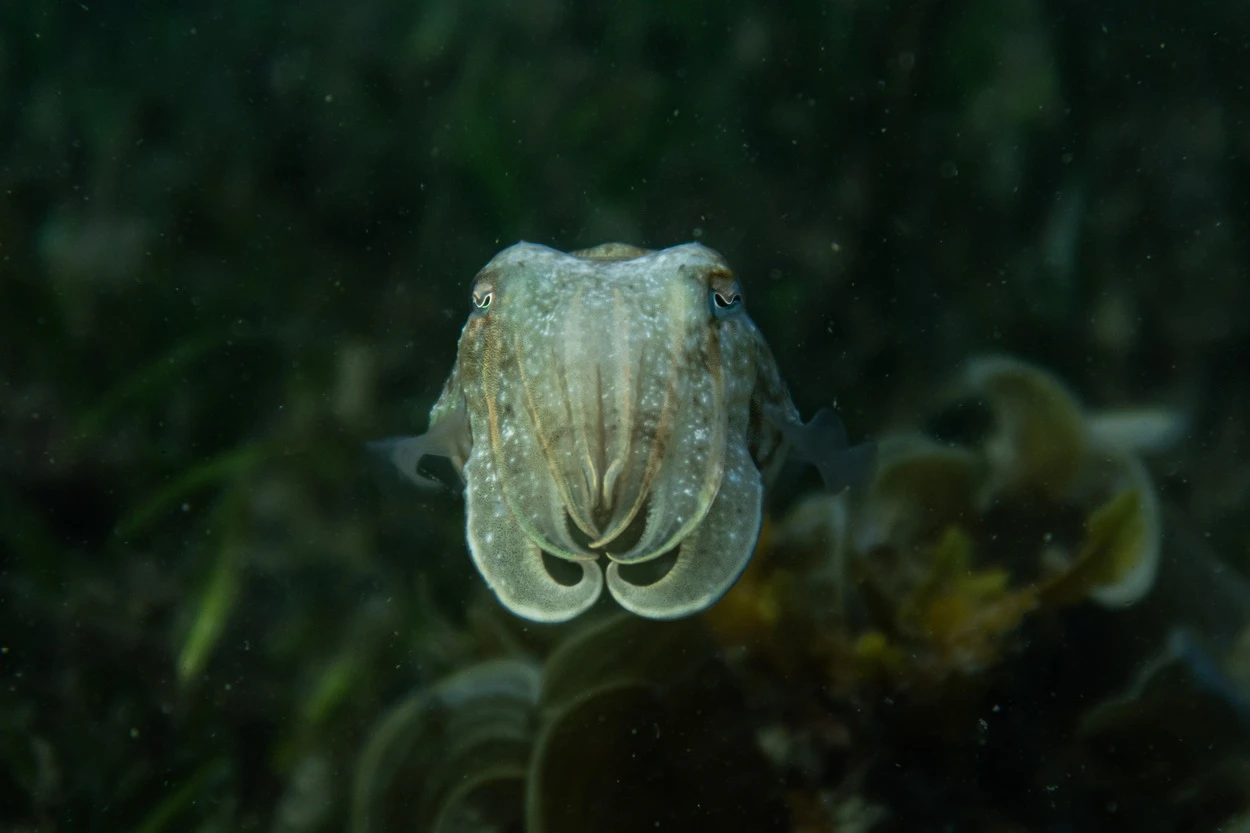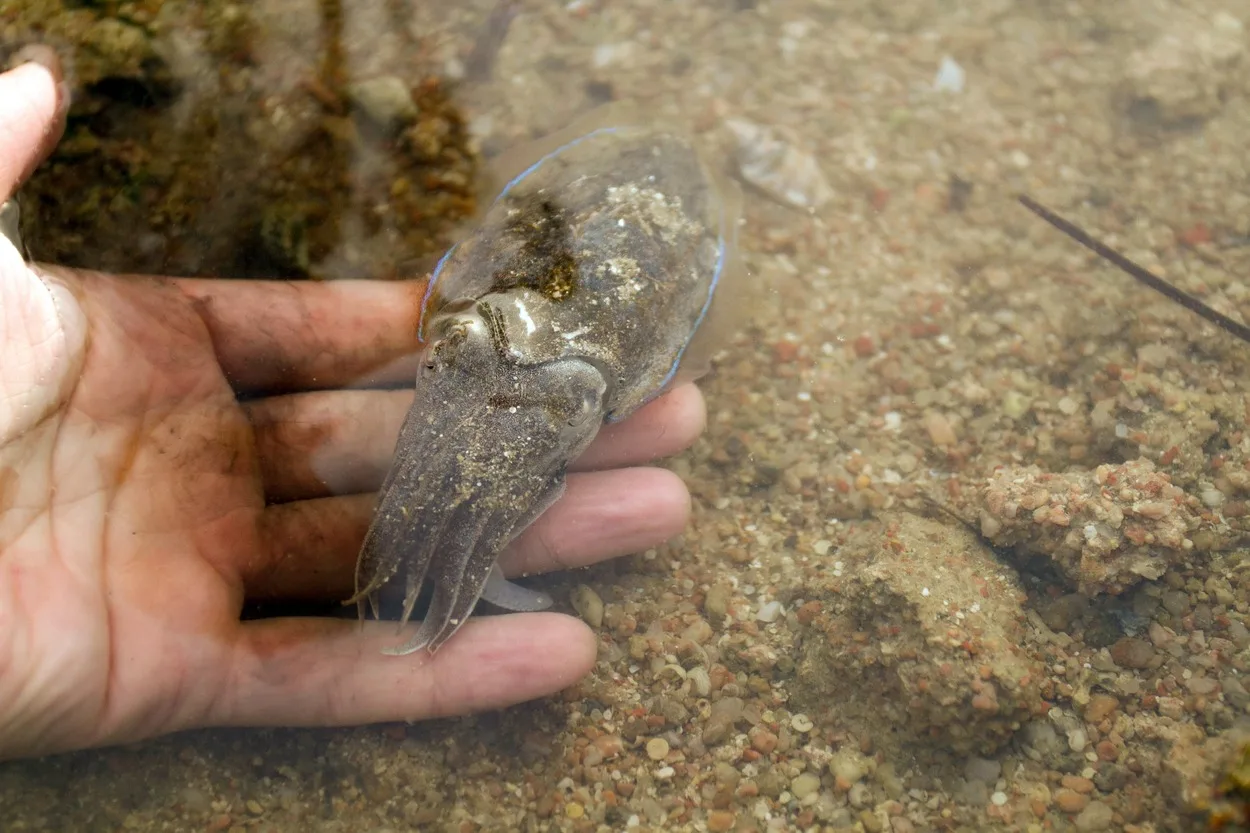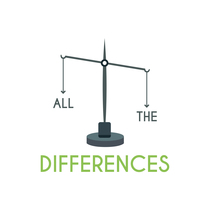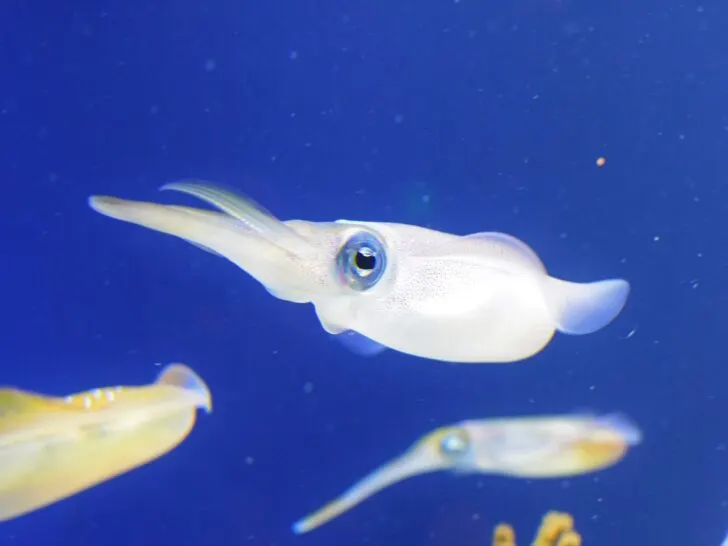The ocean is full of amazing creatures, from the mysterious and captivating squid to the bulkier and wide-ranging cuttlefish. But what exactly is the difference between these two types of cephalopods?
The main difference between squid and cuttlefish is their body shape, with the former having a sleek, torpedo-shaped body while the latter has a broader, stout body.
Squid has round pupils, while cuttlefish have W-shaped pupils. Furthermore, squid possesses a feather-shaped structure inside their bodies called the pen, which contrasts with the cuttlefish’s broader internal shell called the cuttlebone, which helps them stay buoyant underwater.
This blog post will explore the key differences between squid and cuttlefish. Let’s dive in and learn more about the fascinating world of squid and cuttlefish.
Everything You Need to Know About Squid
Squids are the type of cephalopod known for their elongated, torpedo-shaped bodies and ability to move quickly through the water. They are adapted for life in the open ocean, and many species can reach lengths of up to 13 feet.
Squid possess round pupils and have a flexible, feather-shaped structure called the pen inside their bodies.
This allows them to outmaneuver predators and capture prey with incredible precision. Squids are also known for their intelligence and complex behaviors, making them one of the most fascinating creatures in the ocean.
Everything You Need to Know About Cuttlefish

Cuttlefish are unique, majestic sea creatures that have captivated people for centuries. With their broad bodies and large eyes, cuttlefish stand out from other cephalopods, such as squid.
Cuttlefish have remnants of an ancient external shell, while squid has a flexible feather-shaped structure inside their body called the pen.
Cuttlefish have a broader internal shell called the cuttlebone, which is porous and helps keep them buoyant underwater. They move slower than squid and use long fins on the sides of their bodies to undulate through the water.
Finally, if you want to tell them apart, look into their eyes; cuttlefish have W-shaped pupils, while squid has round ones. With their fascinating anatomy and graceful movement, it’s no wonder why these spectacular creatures captivate us so much.
Squid vs. Cuttlefish
| Cuttlefish | Squid | |
| Body Shape | Bulkier and wide | Elongated and long |
| Pupils | W-shaped | Round or nearly so |
| Movement | Undulating long fins | Fast-moving predators |
| Backbone | Lightweight yet brittle backbone | Flexible translucent “pen” |
| Internal shell | Cuttlebone Gladius | Pen |
Do Squid and Cuttlefish Taste Alike?
The short answer is that cuttlefish and squid have similar tastes, but there are some subtle differences. Cuttlefish are often described as having a milder, sweeter flavor than squid. The texture of cuttlefish is usually softer and more delicate than squid.
Cuttlefish also tend to have a less fishy taste than squid. Squid has a more pronounced seafood flavor and can be more tougher in texture.
Additionally, the ink from cuttlefish adds an earthy saltiness to dishes, while squid ink adds a slightly sweet and savory flavor.
Ultimately, cuttlefish and squid can be used in many recipes and add a unique flavor to any dish.

Do Cuttlefish and Squid Have a Range of Flavors?
Cuttlefish and squid can have a range of flavors depending on how they are cooked. Generally, they are mild in flavor with a slightly sweet and mineral taste.
Some people might describe them as having a “seafood” flavor. When cooked properly, cuttlefish and squid can be pretty tender and succulent.
To enhance their flavor, cuttlefish and squid can be cooked with a variety of ingredients such as garlic, onion, lemon juice, white wine, tomatoes, parsley, and other herbs. They can also be served alongside rice or pasta dishes for added flavor.
Additionally, sauces such as soy sauce or teriyaki sauce are popular accompaniments to enhance the flavor of cuttlefish and squid. Cuttlefish and squid can be transformed into a delicious meal with a few simple ingredients.
Nutrients of Cuttlefish and Squid (3.5 oz/100g)
| Cuttlefish | Squid | |
| Calories | 72 | 175 |
| Selenium | 44.8µg | 89.6µg |
| Phosphorus | 493 mg | 213.4 mg (per 3 oz) |
| Iron | 0.8 mg | 1 mg |
| Sodium | 372 mg | 306 mg |
| Total Fat | 1.45% | 7 g |
| Omega-3 | 0.22 g | 0.6 g |
| Magnesium | 32 mg | 38 mg |
| Potassium | 273 mg | 279 mg |
| Carbs | 3% | 3.1 grams |
| Sugar | 0.7 g | 0 g |
What is the Difference Between Cuttlefish and Octopus?
The most apparent difference between cuttlefish and octopus is their physical appearance.
Cuttlefish have a distinct internal shell, known as the cuttlebone, which provides them with buoyancy in water. They also have eight arms that are lined with suction cups. In contrast, cuttlefish have two additional tentacles.
Octopuses do not have an internal shell or a cuttlebone, and they have eight suckered arms that are generally much longer than cuttlefish.
Another difference between the two species is their color-changing abilities.
Cuttlefish have sophisticated, dynamic camouflage capabilities due to specialized cells in their skin called chromatophores. They can quickly change colors and patterns with great precision to blend in with their environment and hide from predators.
Overcooking them can make them rubbery; therefore, it’s important to note their cooking time.
Do you want to know more facts about octopuses? Watch the video.
Conclusion
- Squid and cuttlefish are both cephalopods, but they have distinct features that make them easily recognizable.
- The two species’ main differences are their body shape and internal structures.
- Squid have an elongated body and a flexible translucent pen inside their bodies, while cuttlefish have a broader body with a cuttlebone inside.
- Squid has round pupils, while cuttlefish have W-shaped pupils.
- Additionally, squid is a fast-moving predator while cuttlefish move slowly with undulating fins on the sides of their bodies.
- Both squid and cuttlefish possess unique adaptations that allow them to survive and thrive in the ocean.
- From their anatomy and movement to their eyesight, these fascinating creatures can provide endless fascination and wonder.
- Overall, both squid and cuttlefish have their own distinctions and attract different kinds of people.
Further Reads
- What’s The Difference Between Geminis Born In May And June? (Identified)
- A Restroom, A Bathroom, And A Washroom- Are They All The Same?
- What Are The Differences Between The Samsung LED Series 4, 5, 6, 7, 8, And 9? (Discussed)
- Chinese Hanfu VS Korean Hanbok VS Japanese Wafuku
- What’s The Difference Between a Hotel and a Motel?

